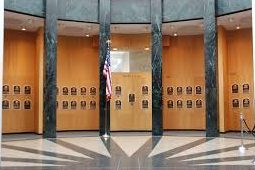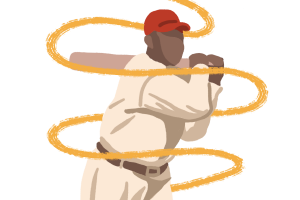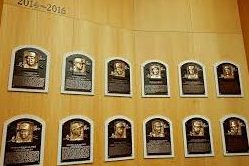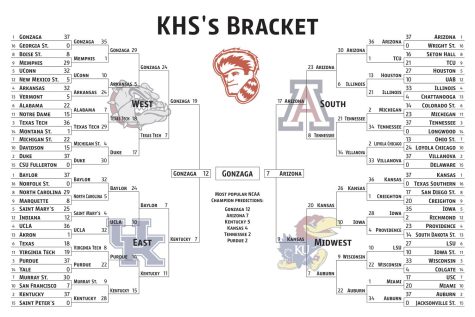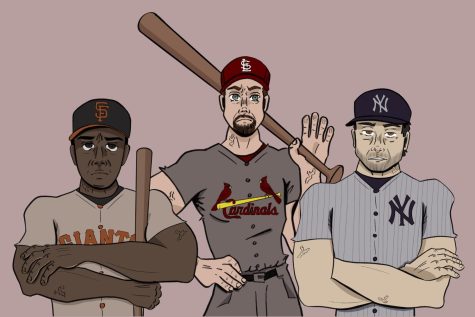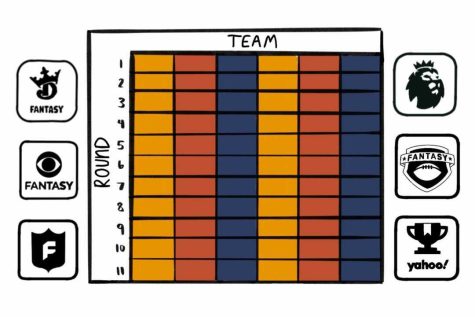Charlie Hollocher: A lost legend
Charlie Hollocher, shortstop, played his entire career for the Chicago Cubs.
What does a gravestone say about the life of the person beneath it? In cemeteries, there are thousands of gravestones marking not only dead bodies, but the stories of the lives they lived. Instinctively, onlookers initially observe the largest, grandest tombstones, and it is the monumental stories of the people beneath them they frequently reflect upon. Sometimes, however, the extraordinary yet underappreciated stories lie beneath the most inconspicuous markers. This is the case under a little rectangular grave marker at Forever Oak Hill Cemetery in Kirkwood reading only “Charles J. Hollocher 1896-1940.”
Charlie Hollocher grew up around the St. Louis area, living in Quincy, Ill., before attending St. Louis’ Central High School. During this time, Hollocher developed a love for baseball.
“Baseball was my pal,” Hollocher said in an interview with The Waterloo Evening Courier and Report in 1918. “I played it from morning until night, and my ambition was realized when I signed to play with the Alpen Braus in the Trolley League [in St. Louis].”
Though Hollocher stood at only 5-foot-7 and weighed just over 150 pounds, his talent and passion for baseball took him beyond the Trolley League, to the Portland Beavers of the Pacific Coast League (PCL). Both his hometown Cardinals and Browns had refused to give the young shortstop a tryout, but his play in the PCL soon attracted the attention of the Chicago Cubs.
After signing with the club in 1918, Hollocher made his major league debut with Chicago. That season, he likely would have won the Rookie of the Year award had it been around in 1918. Hollocher led the league in hits and total bases and batted .316. That year, the Cubs won the National League Championship, but lost to the Boston Red Sox in the World Series.
Hollocher’s teammates noted his hustle and leadership during that season. “[Hollocher] was the spark plug of the team,” Bob O’Farrell, Cubs catcher, said of Hollocher in an interview in the 1970s.
Hollocher would spend six more seasons in Major League Baseball, marked by constant hustle and stellar defensive and offensive play. In his best year, 1922, he batted .340, recorded 19 stolen bases and 201 hits, and set a National League record that will likely never be broken: he struck out only five times in over 500 at-bats. Hollocher, who would become the Cubs’ team captain, would often be compared to Hall of Famers Honus Wagner of the Pittsburgh Pirates and Rogers Hornsby.
“For a time it seemed as though Rogers Hornsby, of the Cardinals, would win this honor [of being Wagner’s successor as the National League’s best player],” The New York Sun wrote in 1918. [However], of the two Hollocher seems designed for the greater career.”
Indeed Charlie Hollocher’s career was on a potential Hall of Fame trajectory, but throughout his seven years in baseball, he experienced illnesses which caused him to miss substantial playing time. Hollocher suffered from both severe stomach pains and depression for most of his adult life. However, in the age of limited medical knowledge that was the early 20th century, neither his depression nor the cause of his pains were ever professionally diagnosed.
“[I’m] feeling pretty rotten so [I] made up my mind to go home and take a rest and forget baseball for the rest of the year,” Hollocher said in a note to his manager in 1923. “No hard feelings, [I] just didn’t feel like playing anymore.”
Hollocher would finally retire from the game in 1924, citing his health concerns. His lifetime batting average was .304, and he had struck out only 94 times in 3,394 plate appearances (2.8% of the time). For comparison, the average player batted .278 and struck out 7.5% of the time during Hollocher’s career span.
“My health means more to me than anything else,” Hollocher told team doctors who insisted Hollocher was physically healthy. “I don’t want to risk dying before my time.”
After his career, Hollocher operated a tavern in Richmond Heights, worked as an investigator for the Prosecuting Attorney’s office in St. Louis County and served as a watchman at a drive-in movie theater. Hollocher even briefly returned to baseball to work as a scout for the Cubs in 1931.
Still, Hollocher’s mental and physical anguish never subsided. In 1939, he and his high school sweetheart, Jane Hollocher, divorced. Just weeks later he would remarry a woman named Ruth Fleming. A year later, Charlie Hollocher’s life story, marked by a small, inconspicuous grave marker in Kirkwood, would come to an end.
On Aug. 14, 1940, police discovered Hollocher dead near his car on Lindbergh Boulevard, just south of Litzsinger Road. The cause was suicide. Hollocher had left a note on his car, instructing whoever found his body to “call Walnut 4123, Mrs. Ruth Hollocher.” His wife would later tell investigators the last time she saw her husband alive, he was complaining of severe abdominal pain.
So what does a gravestone say about the life the person beneath it lived? In Hollocher’s case, nothing. As a result, the city of Kirkwood and the world have lost. They have lost the memory of a legend. They have lost a hero, albeit a tragic one. And most importantly, they have lost a story.
Your donation will support the student journalists of Kirkwood High School. Your contribution will allow us to purchase equipment and cover our annual website hosting costs.

he/him
Favorite musical artist: The Beatles
Favorite quote:"If men were angels no government would be necessary."- James Madison
Favorite Pantone...

she/her
Favorite musical artist: Watsky
Favorite quote: "When I’m walking down the street I don’t think anyone goes ‘hey look at that man’,...



